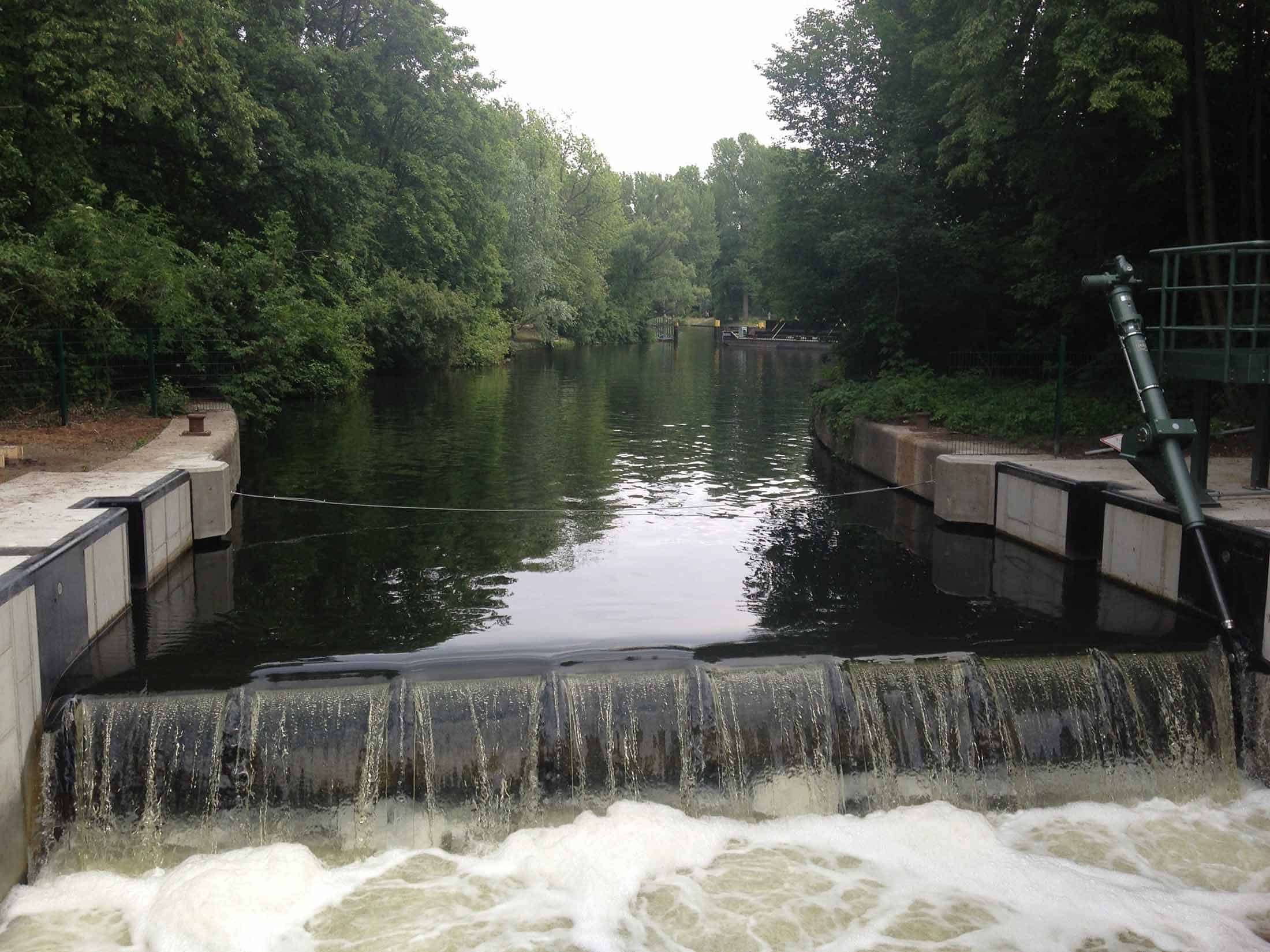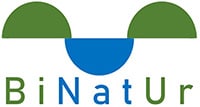Berlin is the German capital and home to about 3.6 million inhabitants. It’s a dynamically growing city located at the division of continental and maritime climate receiving about 520 millimetres of annual precipitation – with substantial seasonal and annual variations. The place in which Berlin is located was formed by water. The valley was the drainage of multiple glacial periods, which formed large marsh lands. Berlin remained a collage of villages until around 1800, when population growth and the industrial revolution dramatically influenced and changed the rivers, marshes and built structures in Berlin. Canals were built, rivers polluted and the ground water level intensively lowered.

With this history, Berlin's water networks are a good example of interaction in dynamic and altering SETS. With increasing urbanisation and population growth, natural networks have changed so that biodiversity and the functioning of natural ecosystems were impacted. Therefore, in Berlin, the implementation of the European Water Framework Directives in aquatic ecosystems through the restoration or construction of water bodies has become an important political goal. Today, and faced by climate change, engineered systems and degraded aquatic habitats in Berlin are step by step restored as NBS. This is intended to increase climate resilience in the larger urban space, enable greater biodiversity and provide much needed water quality for water framework guidelines and local recreational functions.

Project funders:
This research was funded through the 2020-2021 Biodiversa and Water JPI joint call for research projects, under the BiodivRestore ERA-NET Cofund (GA N°101003777), with the EU and the funding organisations The Research Foundation - Flanders (FWO), Belgium; Academy of Finland (AKA), VDI/VDE-IT, Germany; National Science Center (NCN), Poland and Fundação para a Ciência e Tecnologia (FCT), Portugal

